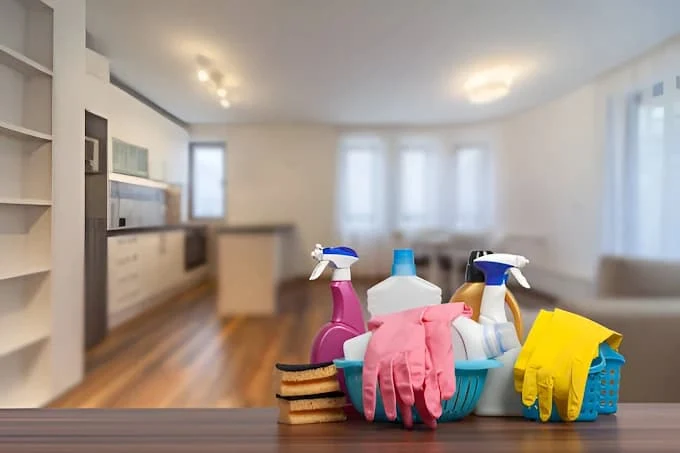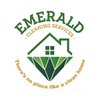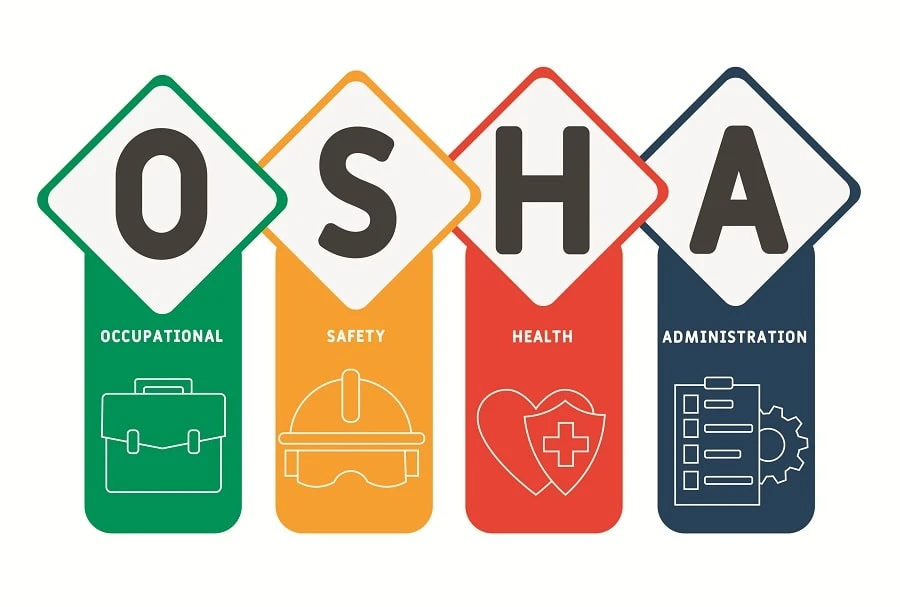The primary concern of businesses is not only to obtain the best work from their employees but also to keep track of their health. The safety of workers, especially in commercial cleaning, is not taken for granted. The Occupational Safety and Health Administration (OSHA) has established legal obligations and protocols to ensure their well-being. Behind every spotless and sanitized workplace lies orders from this US federal agency to ensure the healthy working standards for workers.
This blog will help you understand all the compliance areas and how you can apply them effectively in your business to strengthen your workforce.
What is OSHA’s Role in Commercial Cleaning
OSHA stands for Occupational Safety and Health Administration, which was first established in 1970 to set safe workforce conditions for millions of workers. This organization sets and enforces rules across all workplaces in the USA to provide outreach and education services for workers. OSHA also deals with enforcement actions for violations.

Our main concern here lies in the specific guidelines for the cleaning industry set by OSHA to ensure safety programs and sanitation protocols to improve overall workplace morale.
Key OSHA Standards Applicable to Commercial Cleaning
Getting all the dirt removed from office desks or making sure your floors are swept on a daily basis is just the bare minimum in the eyes of OSHA. The organization’s standards focus on protecting workers from basic housekeeping to chemical handling. Here are some of their rules/acts that your eyes should go through before hiring the next cleaning company:
Sanitation and Housekeeping (29 CFR 1910.141)
Sanitation and housekeeping are the minimum standards set by OSHA covering clean and hygienic work areas. It includes various rules, such as floors should be dry to resist slips, waste containers should be regularly emptied, and sharp objects should be immediately removed if any accident happens, such as a glass being broken.
Personal Protective Equipment (PPE) (29 CFR 1910 Subpart I)
This guideline specifically focuses on the cleaning staff to wear clothing or gear when coming into contact with chemical or infectious agents. This helps in preventing injuries or illnesses that exposure to these hazards can cause. Employee training on PPE (Personal Protective Equipment) use is also highlighted on proper care and maintenance.
Hazard Communication Standard (29 CFR 1910.1200)
When working with chemicals, workers must know what kind of chemicals they are exposed to through potential risks and how to protect themselves in different situations. These guidelines are also called “Employee Right To Know” to prevent any danger that can happen in the workplace due to the use of chemicals.
Other General Industry Standards
General standards focus more on dusty and chemical-heavy cleaning settings to make the workplace free from recognized hazards that can potentially cause harm. Here is the summary table of General Industry Standards set by OSHA:
| Subpart | Topic | Example |
| D | Walking-Working Surfaces | Fall protection, stairs |
| E | Emergency Exits | Exit signs and egress routes |
| H | Hazardous Materials | Flammable liquid storage |
| I | Personal Protective Equipment | Gloves and face shields |
| J | Lockout/Tagout and Sanitation | Machine servicing, hygiene |
| L | Fire Protection | Fire extinguishers |
| O | Machine Guarding | Guarded saw blades |
| S | Electrical Safety | Grounded wiring |
| Z | Toxic Substances | Lead, asbestos, silica |
Best Practices for Chemical Safety and Worker Training
The foundation of a safe and resilient workplace depends on tested strategies and trained workers. Equipping your team with the knowledge they need to use chemicals and the tools for year-round cleaning is necessary to ensure proper safety. Here are the best practices drawing on the current industry standards and safe guidance:

- Building a strong safety culture and continuous improvement
- Hazard recognition and control measures
- Effective selection, fit, and maintenance of PPE
- Designing comprehensive training programs
- Emergency readiness and response training
- Regular monitoring and program refinement
Conducting Risk Assessments and Preventing Hazards
If you are doing your best for chemical safety and training your workers regularly, but still don’t know where things are going wrong and how to prevent them, then these steps are needed for risk assessments. First, identify the hazard by reviewing Safety Data Sheets (SDS) and also the labels of the chemicals being used. Then, uncover all associated hazards with the inventory of chemicals, such as quantity, use, and frequency.
See how your workers are exposed to chemicals by analyzing their inhalation and skin contact. You can also use quantitative techniques like air samples for exposure assessment. Always employ the hierarchy of hazard controls by starting from the most effective to the least, such as:
- First, eliminate the hazard
- Then replace with safe chemicals or form
- Use ventilation systems to reduce exposure
- Implement safe work procedures to minimize exposure
- Appropriate use of personal protective equipment
Documentation and Record-Keeping in Workplace Safety
If you want to transform reactive compliance into proactive protection, then ensure robust record-keeping at your workplace. This helps you to uncover patterns in workplace incidents and a strange safety culture, according to the guidelines of OSHA. Here are the best practices at a glance:
System Setup: Centralized digital archives, backup, and clear SOPs.
OSHA forms: Timely, accurate completion and storage (300, 301, 300A).
Privacy Handling: Label sensitive cases, such as maintaining a separate confidential list.
Retention: 5 years for logs, 30 years for exposure, and others vary
Quality assurance: Regular audits and consistency checks
Training: Role-specific, refresher training, and case review
Inspection Readiness: Fast access and corrective action records.
The truth is that following OSHA’s guidelines will not only help you reduce risks during commercial cleaning, but it will also set a standard for your company and maintain a unique reputation in the industry. All these responsible operations can transform your cleaning services into an advantage, as you don’t have to pay fines as well.
Emeralds cleaning always ensures OSHA compliance for workplace safety and hygiene. You can also make safety standards in your cleaning by simply training your staff or collaborating with companies regularly, following their guidelines, like Emeralds Cleaning Manhattan. Get your employees safe and peace of mind settled with us because you deserve nothing more!

